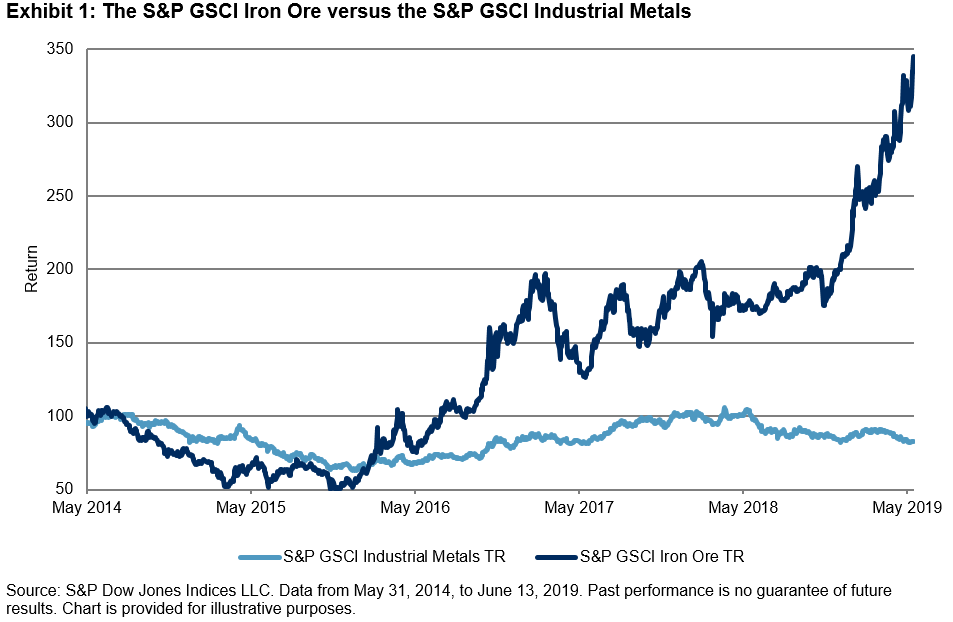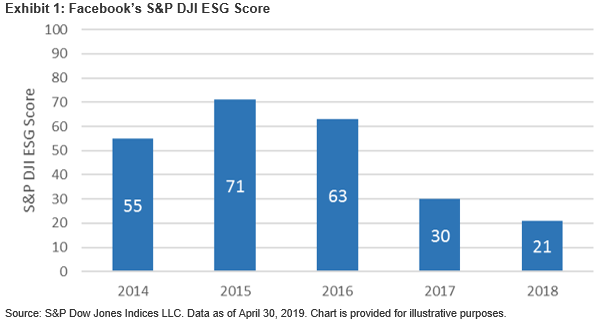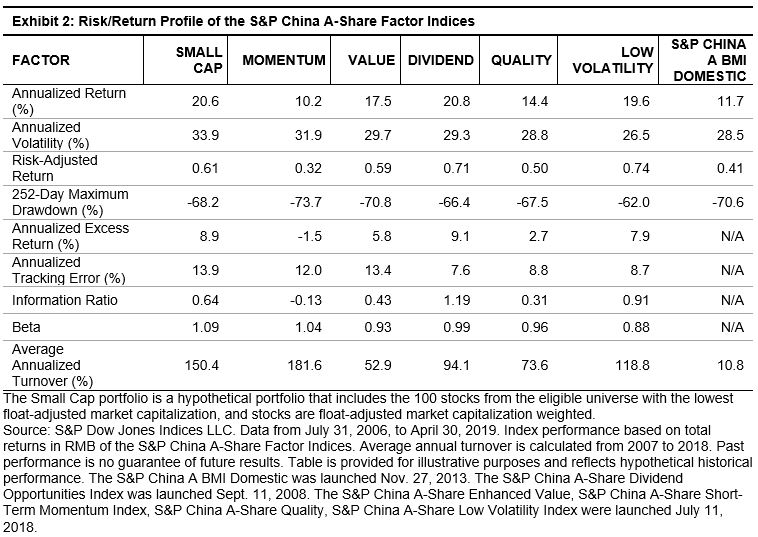In 2018, the U.S. set world production records for both natural gas and oil.[1] The growth in production is expected to continue and the U.S. is set to become a net energy exporter[2] by 2020, ending a 75-year period of dependence on imports.
The increase in energy production not only shifts the dynamics of the global oil market, but also increases the demand for strong energy infrastructure to support the processing, transporting, and storage of oil and gas. An average of USD 14.7 billion in capital expenditures for a pipeline of oil, gas, and natural gas liquids would be needed from now through 2035 to support this demand.[3]
In addition to providing exposure to energy and energy infrastructure, MLPs provide a tax advantage[4] and stable income. The latter is due to MLPs distributing the majority of their earnings in cash. Using the S&P MLP Index to represent the asset class, our analysis shows that MLPs offer potential diversification benefits. Based on monthly return data from August 2001 to April 2019, MLPs showed low or negative correlations with traditional asset classes such as stocks and bonds (see Exhibit 1).[5]

Historically, MLPs demonstrated solid performance in various market environments. The S&P MLP Index outperformed the overall stock market in 10 out of 18 years (see Exhibit 2) and outperformed the bond market in all market environments with an average excess return of 0.5%. This is higher than the excess returns from Utilities (0.29%), Energy (0.36%), and the broad equity market (0.31%; see Exhibit 3). Owing to a positive outlook on the Energy sector and its infrastructure, the S&P MLP Index gained 17.57% YTD in 2019 (as of April 2019).


Using 18 years of index history, we can see that MLPs had attractive yield, with an average annual dividend yield of 6.6%, compared with 1.9% from equities, and 2.2% and 3.4% from the Energy and Utilities sectors, respectively (see Exhibit 4). Although the recent tax reform[6] may make MLPs less attractive than they used to be, the taxable income from MLPs continues be subject to single-level taxation.
In general, MLPs can not only provide exposure to the Energy sector, they also stand to gain from the increase in demand for energy infrastructure and higher yield.
[1] U.S. Energy Information Administration (EIA), March 14, 2019 and April 15, 2019.
[2] Annual Energy Outlook 2019, EIA, Jan. 24, 2019.
[3] North American Midstream Infrastructure through 2035, the INGAA Foundation, Inc., June 18, 2018.
[4] Being set up as a pass-through entity, an MLP allows all the gains and losses to flow through to the individual partners (unitholder) directly and the business entity does not need to pay income tax.
[5] We use the S&P MLP Index, S&P 500, and Bloomberg Barclays U.S. Aggregate Bond Index to represent MLPs, stocks, and bonds, respectively.
[6] The Tax Cuts and Jobs Act of 2017 cut corporate tax from 35% to 21%.
The posts on this blog are opinions, not advice. Please read our Disclaimers.
















